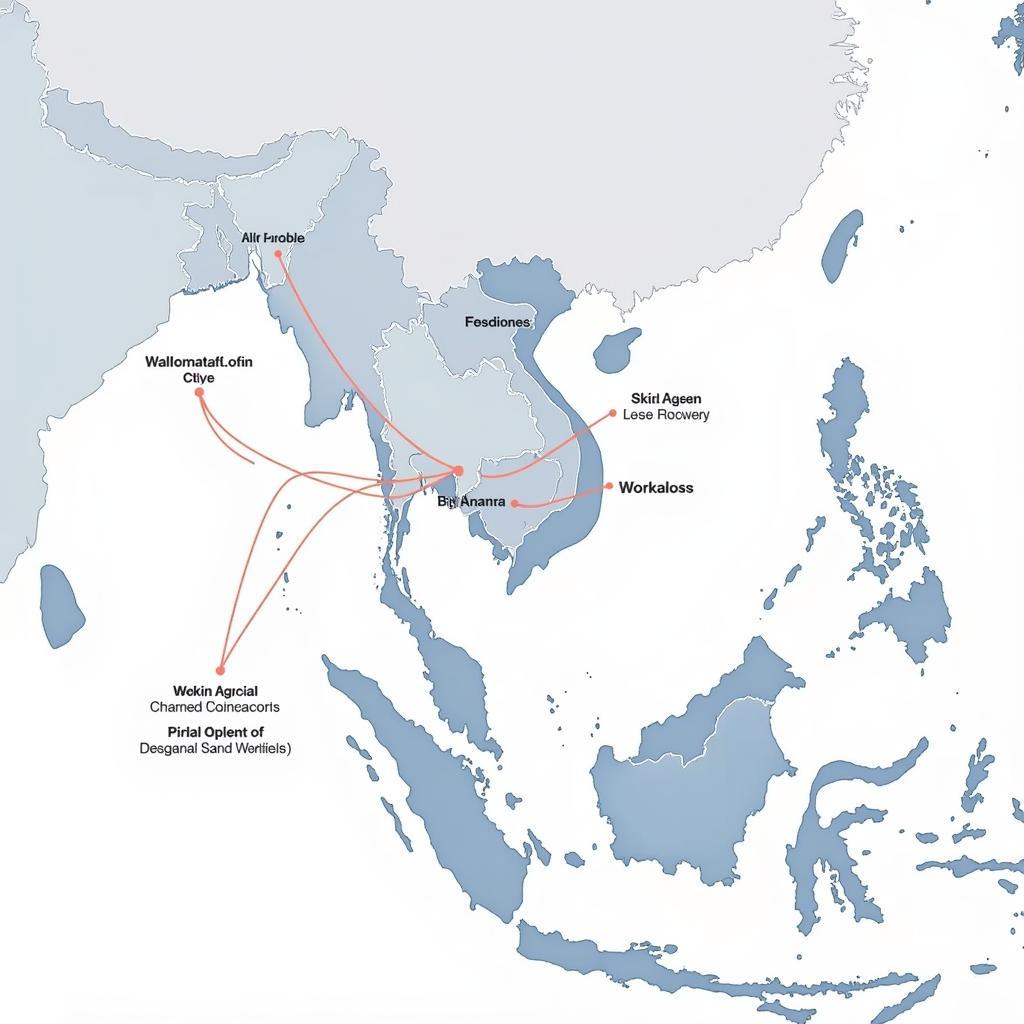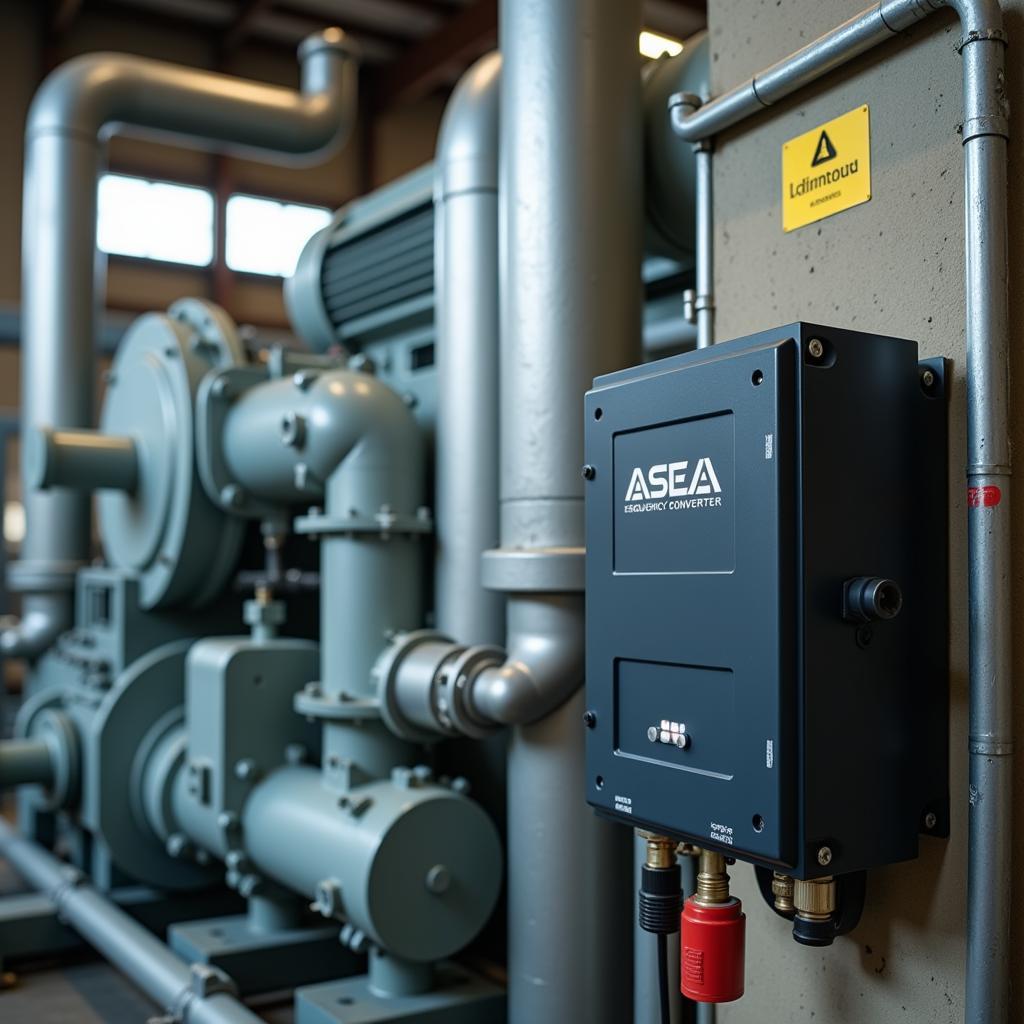All About Asean Integration encapsulates the ongoing process of creating a unified and interconnected Southeast Asian region. This involves economic, political, socio-cultural, and security cooperation among the 10 member states. This comprehensive guide delves into the key aspects of this multifaceted process, exploring its history, achievements, challenges, and future prospects. all about asean integration 2015
Understanding the Core Pillars of ASEAN Integration
ASEAN integration rests on three fundamental pillars: the ASEAN Political Community (APC), the ASEAN Economic Community (AEC), and the ASEAN Socio-Cultural Community (ASCC). Each pillar plays a crucial role in fostering regional stability and prosperity.
The ASEAN Political Community (APC)
The APC aims to promote peace, stability, and good governance within the region. It emphasizes dialogue, consultation, and cooperation on political and security issues. The APC strives to build a rules-based community where international law is respected and disputes are resolved peacefully.
The ASEAN Economic Community (AEC)
The AEC seeks to establish a single market and production base for goods, services, investment, and skilled labor. This involves reducing tariffs, harmonizing regulations, and facilitating the free flow of capital and people across borders. The AEC ultimately aims to enhance the region’s competitiveness and attract foreign investment. asean at 50 achievements and challenges in regional integration
The ASEAN Socio-Cultural Community (ASCC)
The ASCC focuses on building a people-centered ASEAN that is inclusive, resilient, and socially responsible. This involves promoting cultural exchange, education cooperation, environmental protection, and social development initiatives. The ASCC aims to strengthen ASEAN identity and foster a sense of belonging among its diverse population.
Key Milestones and Achievements of ASEAN Integration
ASEAN integration has achieved significant milestones since its inception. The establishment of the ASEAN Free Trade Area (AFTA) significantly reduced tariffs within the region, boosting intra-ASEAN trade. The signing of the ASEAN Charter in 2007 formalized the organization’s legal framework and strengthened its institutional structure.
What are the benefits of ASEAN integration?
Reduced trade barriers, increased investment flows, and enhanced regional connectivity are some of the tangible benefits. Moreover, ASEAN integration has fostered greater political and security cooperation, contributing to regional peace and stability. all ten asean economic ministers
Challenges and Opportunities for Deeper Integration
While ASEAN has made considerable progress, challenges remain. Narrowing the development gap between member states, addressing non-tariff barriers, and strengthening regional institutions are crucial for deeper integration. The COVID-19 pandemic has also highlighted the need for greater cooperation in public health and disaster management.
How can ASEAN overcome these challenges?
Enhanced regional cooperation, strengthened institutional capacity, and greater public awareness are essential for overcoming these challenges. Furthermore, fostering greater private sector engagement and leveraging technological advancements can drive further integration. aec asean challenges
The Future of ASEAN Integration: Vision 2025 and Beyond
ASEAN Vision 2025 outlines the organization’s aspirations for a more integrated, resilient, and dynamic community. It focuses on five key areas: a politically cohesive and vibrant ASEAN, a people-oriented and socially responsible ASEAN, a people-connected ASEAN, a globally competitive ASEAN, and a rules-based, people-oriented ASEAN. asean 2025 challenges
Conclusion: All About ASEAN Integration – A Continuous Journey
All about ASEAN integration is a continuous journey towards greater regional cooperation and prosperity. While challenges remain, the commitment of member states and the potential for growth are undeniable. By strengthening its foundations and embracing opportunities, ASEAN can achieve its vision of a truly integrated and dynamic community.
FAQ
- What is the main goal of ASEAN integration? To promote peace, stability, and prosperity in Southeast Asia.
- How many countries are members of ASEAN? Ten.
- What are the three pillars of ASEAN? APC, AEC, and ASCC.
- What is AFTA? ASEAN Free Trade Area.
- What is ASEAN Vision 2025? A roadmap for future integration.
- How does ASEAN integration benefit its members? Through increased trade, investment, and connectivity.
- What are some challenges facing ASEAN integration? Narrowing the development gap and addressing non-tariff barriers.
When you need support, please contact us at Phone Number: 0369020373, Email: [email protected] Or visit our address: Ngoc Lien Village, Hiep Hoa, Bac Giang, Vietnam. We have a 24/7 customer service team.

